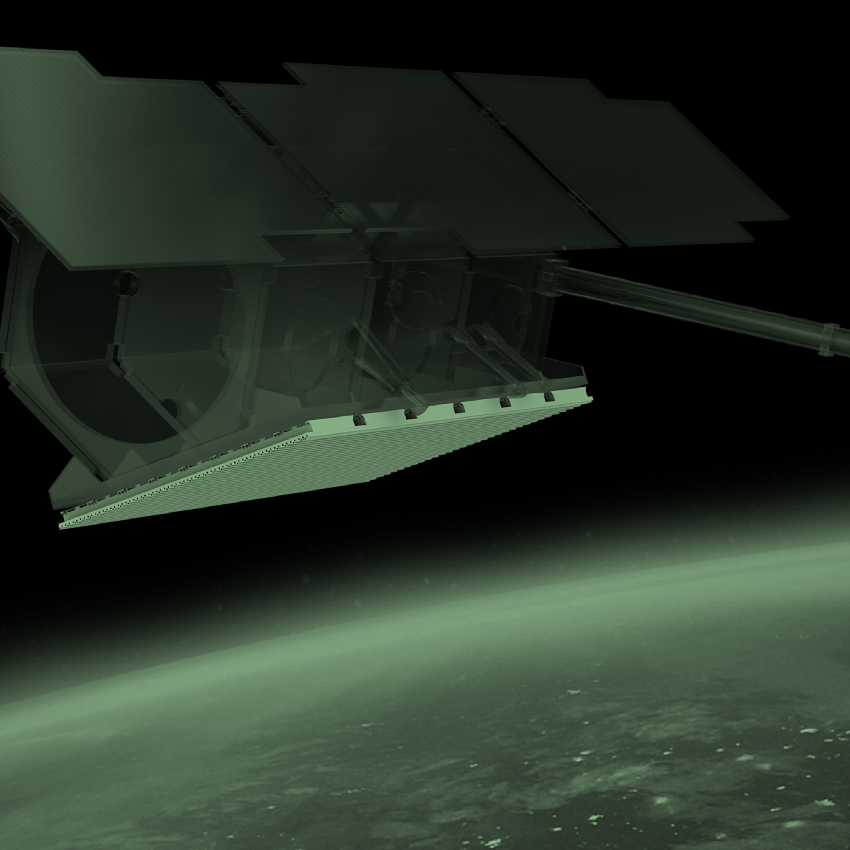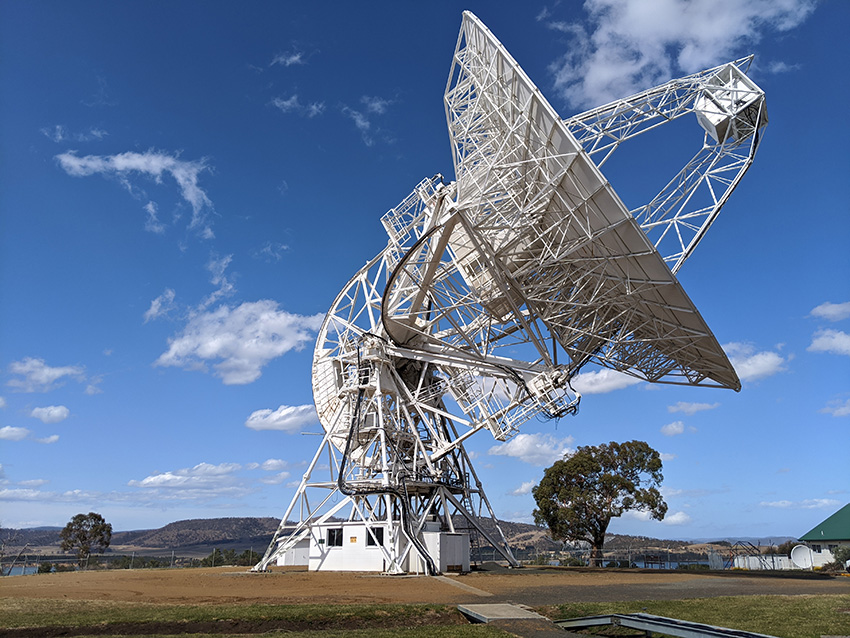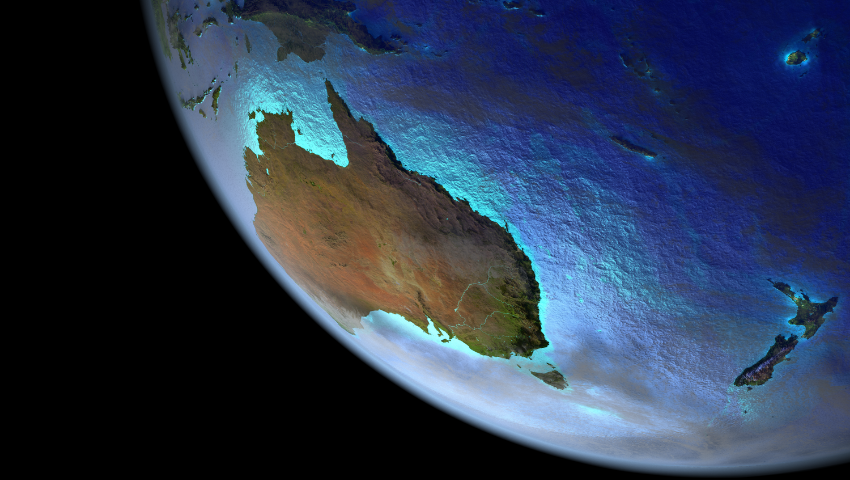Tasmania’s unique space advantage is the subject of a new partnership between the Tasmanian Government, the University of Tasmania (UTAS) and HENSOLDT Australia.
Space is now inexorably linked to both Australia’s National Security and National Commercial development. National and international security is ever more dependent on space-based capabilities too, resulting in space-based systems being targets of counter-space operations. This is overlayed by the increasing congestion and dangers of space debris, at risk of causing physical, collateral damage to assets in space.
Sixty years of space missions have left over 129 Million tangible (>1mm) objects in orbit with the vast majority of these being in the highly congested low earth orbit (LEO) regime. Space debris and space pollution are very real dangers. Each collision generates space debris (Kessler effect) that can and will increase the likelihood of further collisions, rendering space activities and the use of satellites in certain orbital ranges more difficult and dangerous for generations to come. There are around 34,000 objects greater than 10cm orbiting earth at an average speed of 25,000 kilometres per hour. In addition, there are some 900,000 smaller objects larger than one centimetre. Due to the enormous speed of this debris, they may damage or even destroy active satellites or pose significant danger to manned space operations. This is no better illustrated by the recent collision and damage to the International Space Station’s Canadarm2 robotic arm and the need for the ISS to conduct three emergency manoeuvres by the space station last year — the latest being on September 22, 2020 — to avoid potential collision with unidentified objects.
While the collision of space debris poses a threat to active satellites, the emergence of space as a warfighting domain has been recognised and is being rapidly addressed including the establishment of the Australian Defence Force Space Command under the leadership of AVM Catherine Roberts. The threats to Australian and allied nation interests range from denying other space powers the ability to operate from space to physically destroying their equipment. Some nations actively seek to disrupt or sabotage space-based systems with anti-satellite weapons (ASAT). Jamming communications satellites, blinding, or dazzling reconnaissance satellites and disabling the solar panels of navigation and communications satellites from the ground are happening already. We know of missiles in space and airborne lasers that track and destroy satellites and HENSOLDT has created and implemented laser warning technology that can be used for space asset protection to detect and protect from space warfare. In addition to the physical threat to space assets, the jamming of up and downlinks to and from satellites is an ever-increasing problem.

A new partnership has been announced between the Tasmanian Government, the University of Tasmania (UTAS) and HENSOLDT Australia - assisting Tasmania to become a prime location and leader of Australia’s sovereign Space Domain Awareness (SDA) capabilities in the monitoring of satellites and space debris. The partnership builds on the Tasmanian Government’s space strategy, following the signing of an MOU with the Australian Space Agency in 2019. Each partner brings a unique competitive advantage - HENSOLDT Australia is a global leader in space radar & C4ISREW technology; the University of Tasmania manages an array of space infrastructure across Australia and has significant expertise in space observation and tracking; and the Tasmanian Government, seeking to attract new domestic and international investment, a skilled workforce, start-ups and national and international expertise to the State.
Tasmania’s southern location makes it perfectly positioned to observe and track space objects ranging from the Low Earth Orbit (LEO) polar and inclined orbits, through to MEO, GEO and beyond. This unique advantage is coupled with the partnership’s Australia wide network of UTAS owned sensors and HENSOLDT’s C4ISREW systems. Electronically controlled antennas make it possible to track and detect objects and simultaneously search space for more. As a sensor solutions provider, HENSOLDT Australia offers the ability to complement the existing capabilities with the newly commissioned German AESA space tracking radar (GESTRA) being part of the spiral development program being proposed for the Australian Defence Force. All of this capability is supported by HENSOLDT’s Australian pedigree in radar support, electronic systems testing and installation services to the Australian Defence Force.
Physical threats are one thing but satellites in space are vulnerable in other ways: they are just as susceptible to cyber-attacks as computers on earth. Unfortunately, cyber threats are hard to detect, and even if they are discovered, it is difficult to hold those responsible accountable. The partnership will further Australia’s knowledge and abilities in space through broadening the focus on SDA to countering evolving threats based on disruptive concepts in such fields as big data, robotics, and cyber security. In addition to the ground-based systems, HENSOLDT is actively working on the other side of the problem by implementing Laser Optical data links for the transmission of big data between satellites and airborne aircraft, ships and terrestrial stations.








